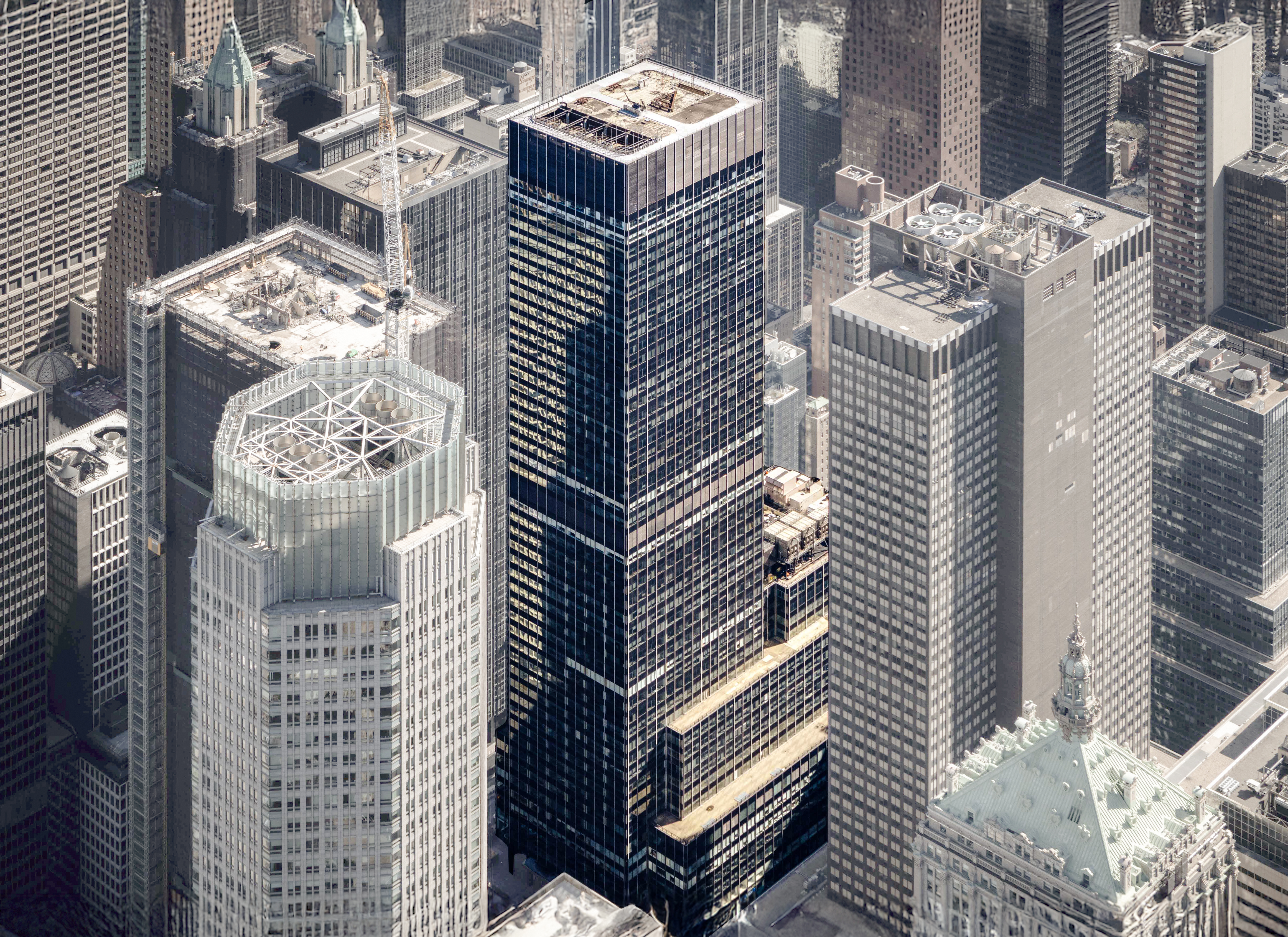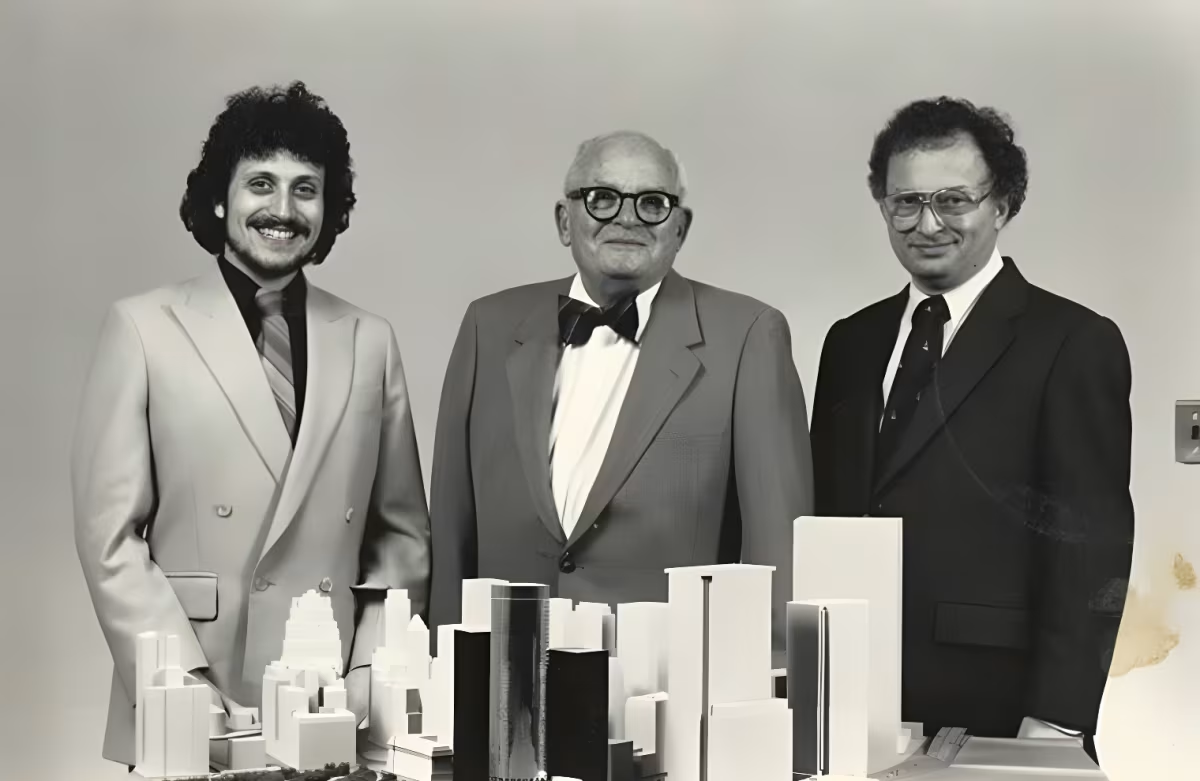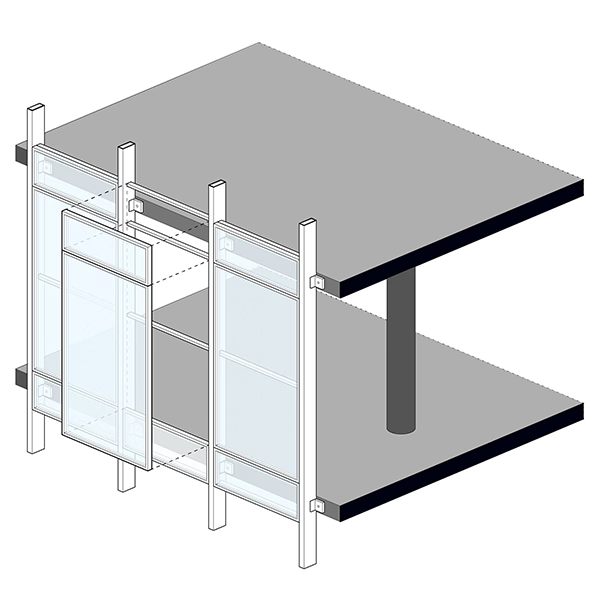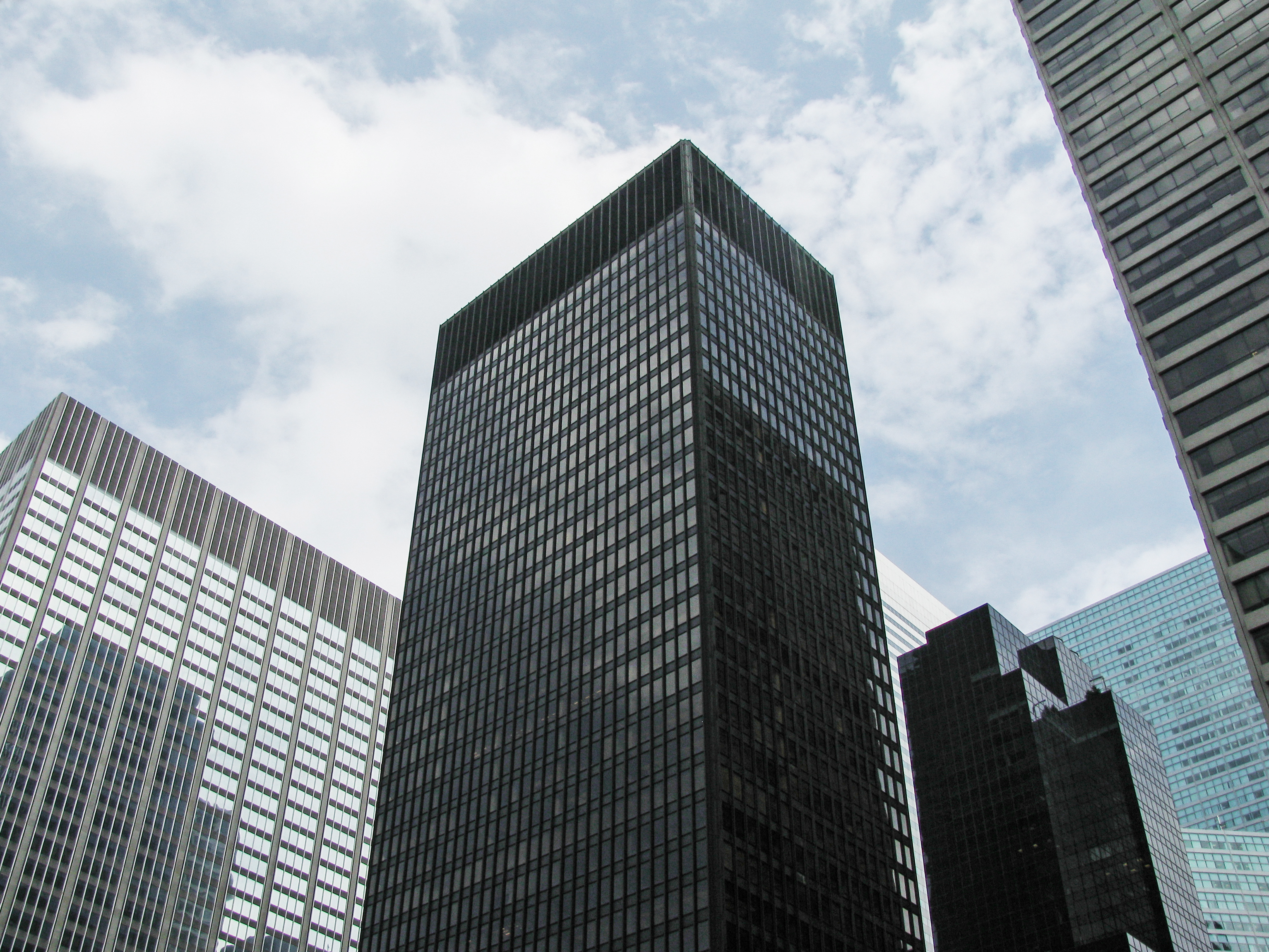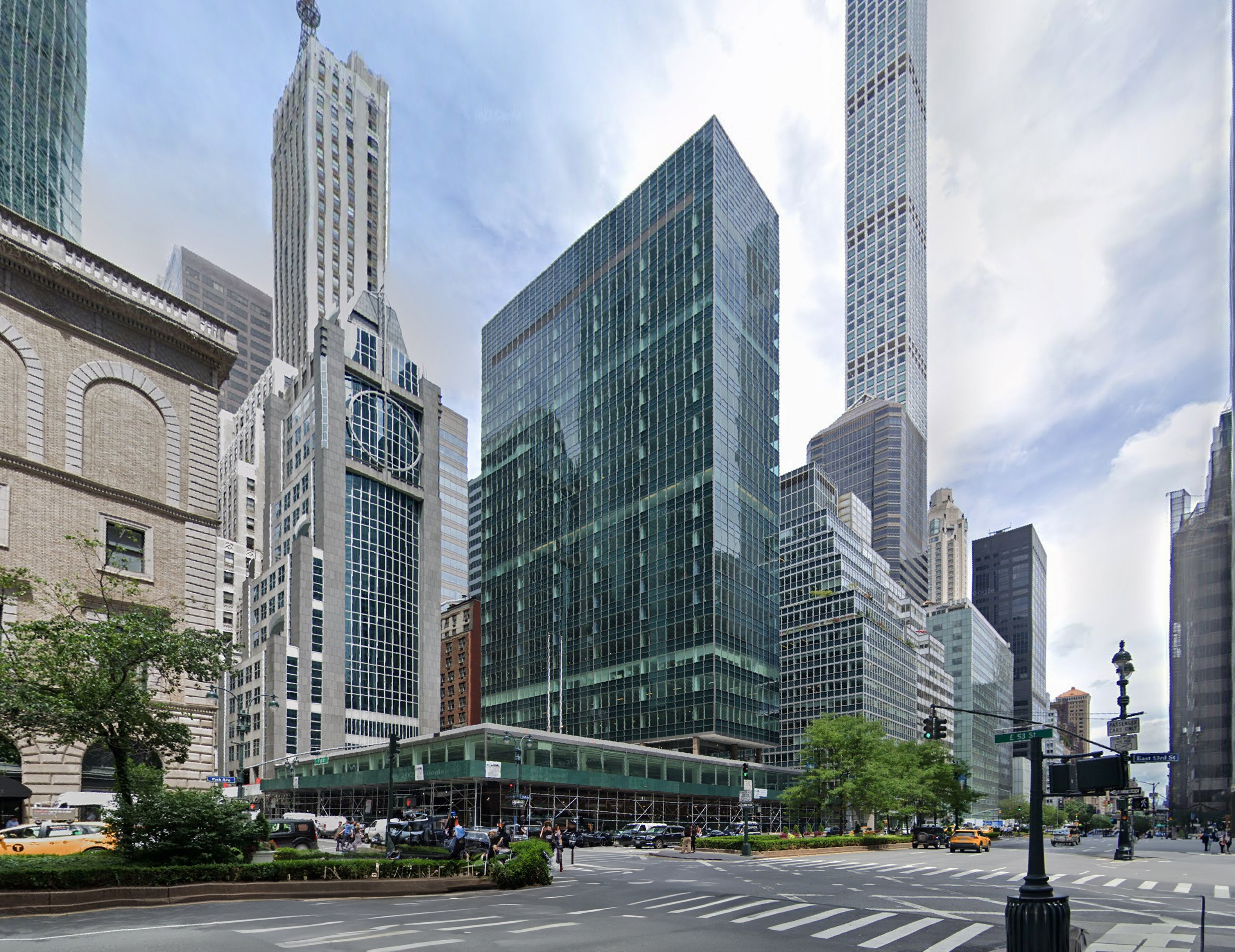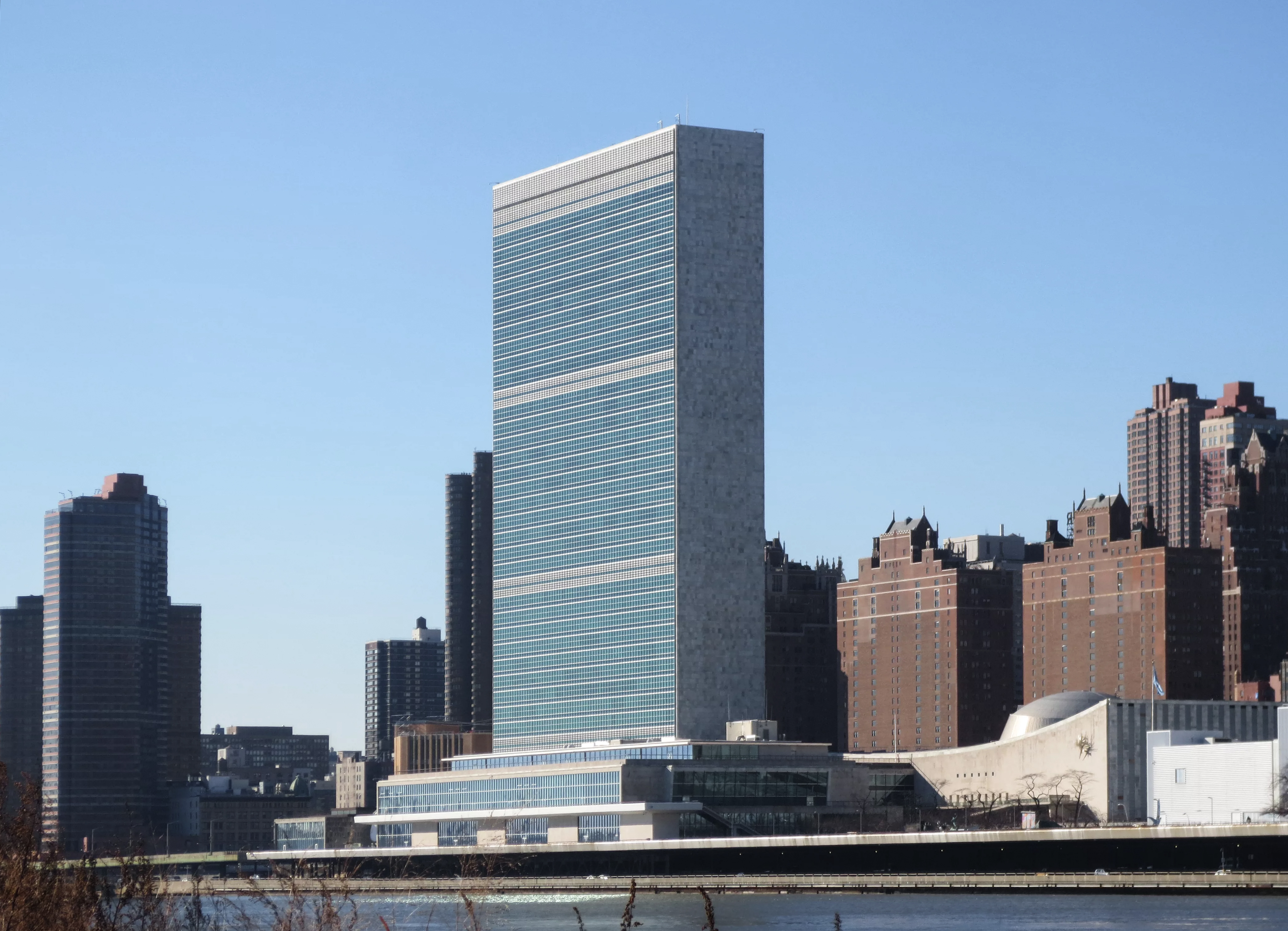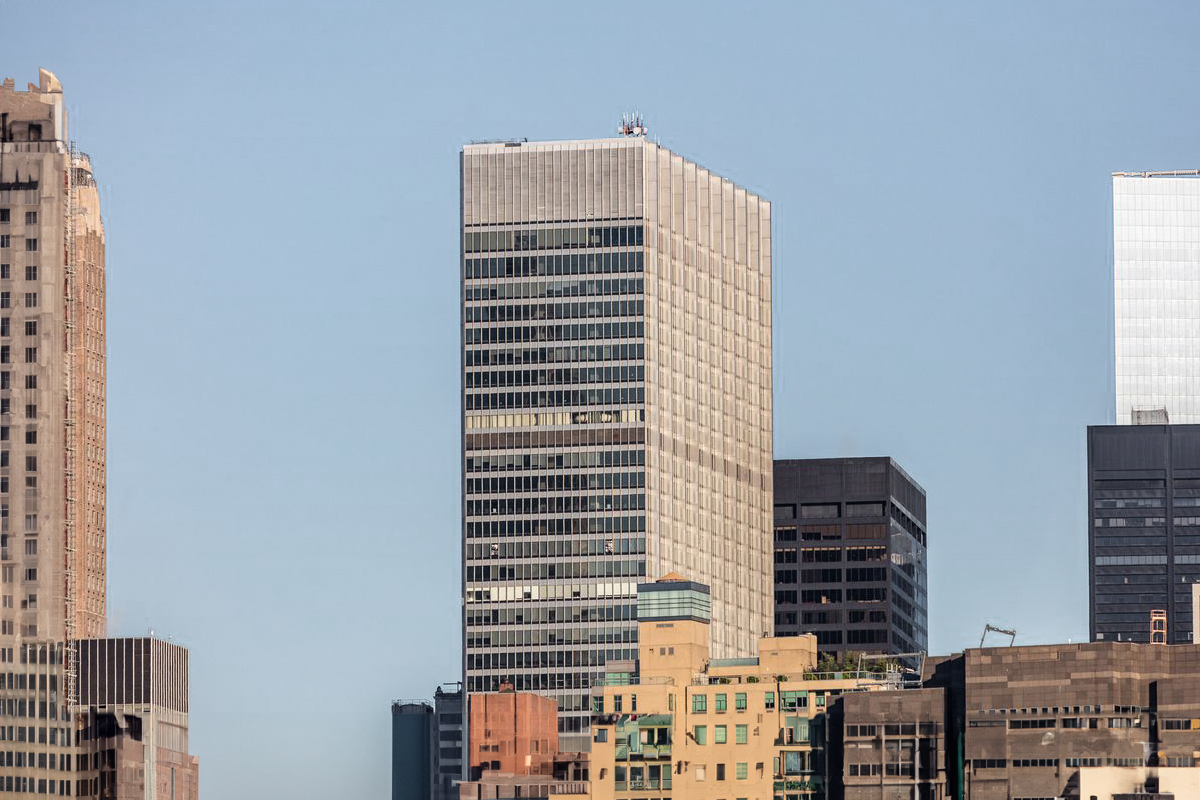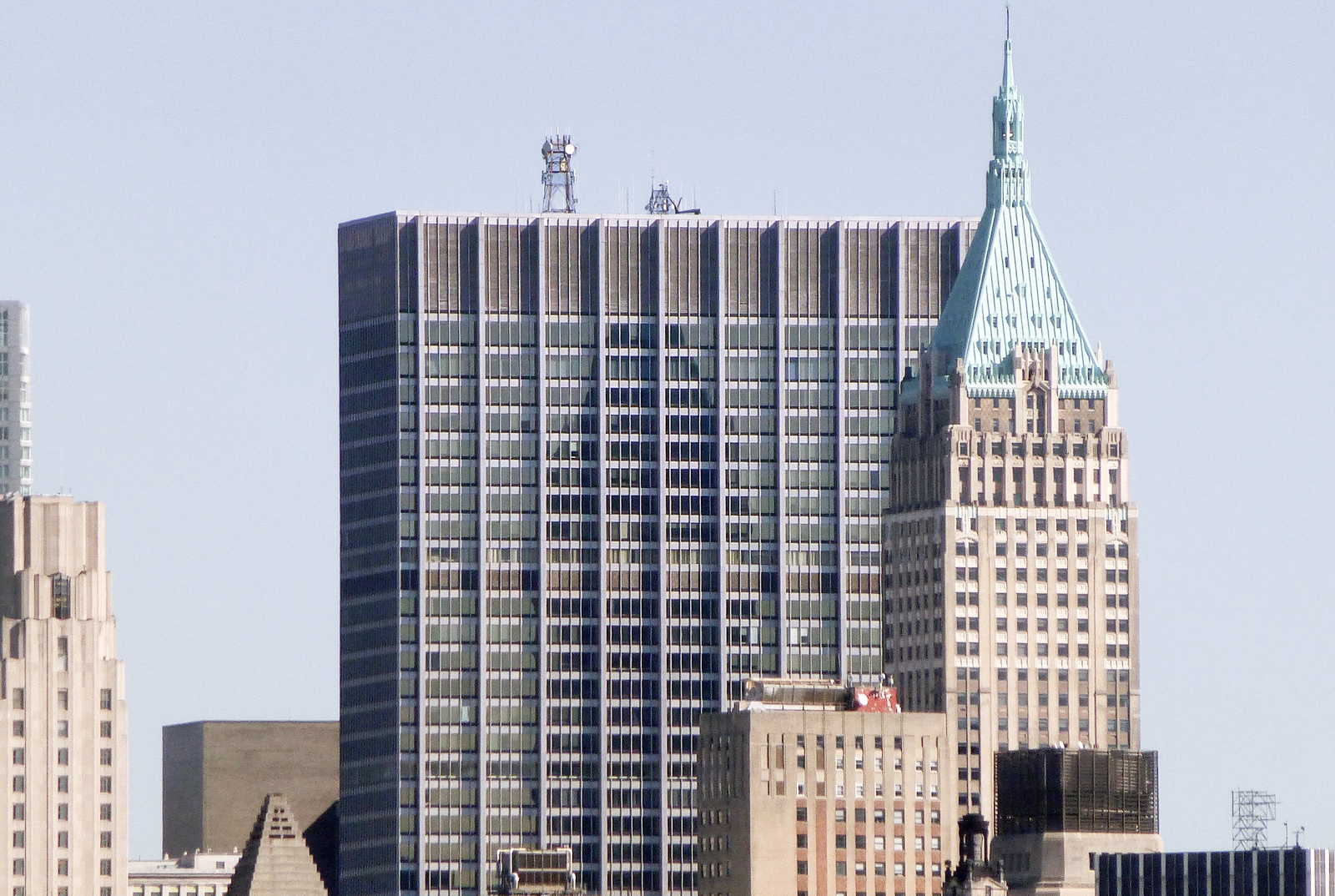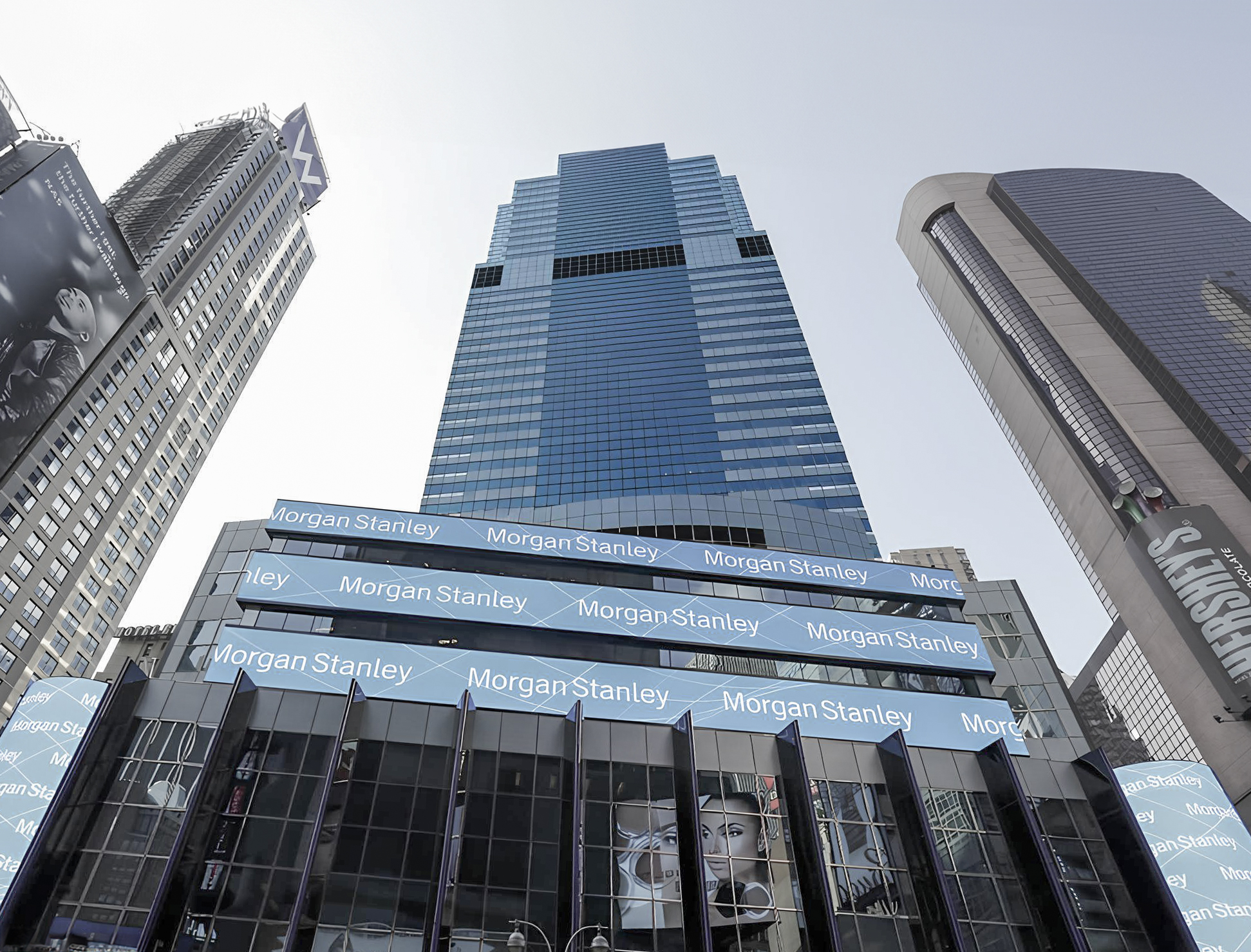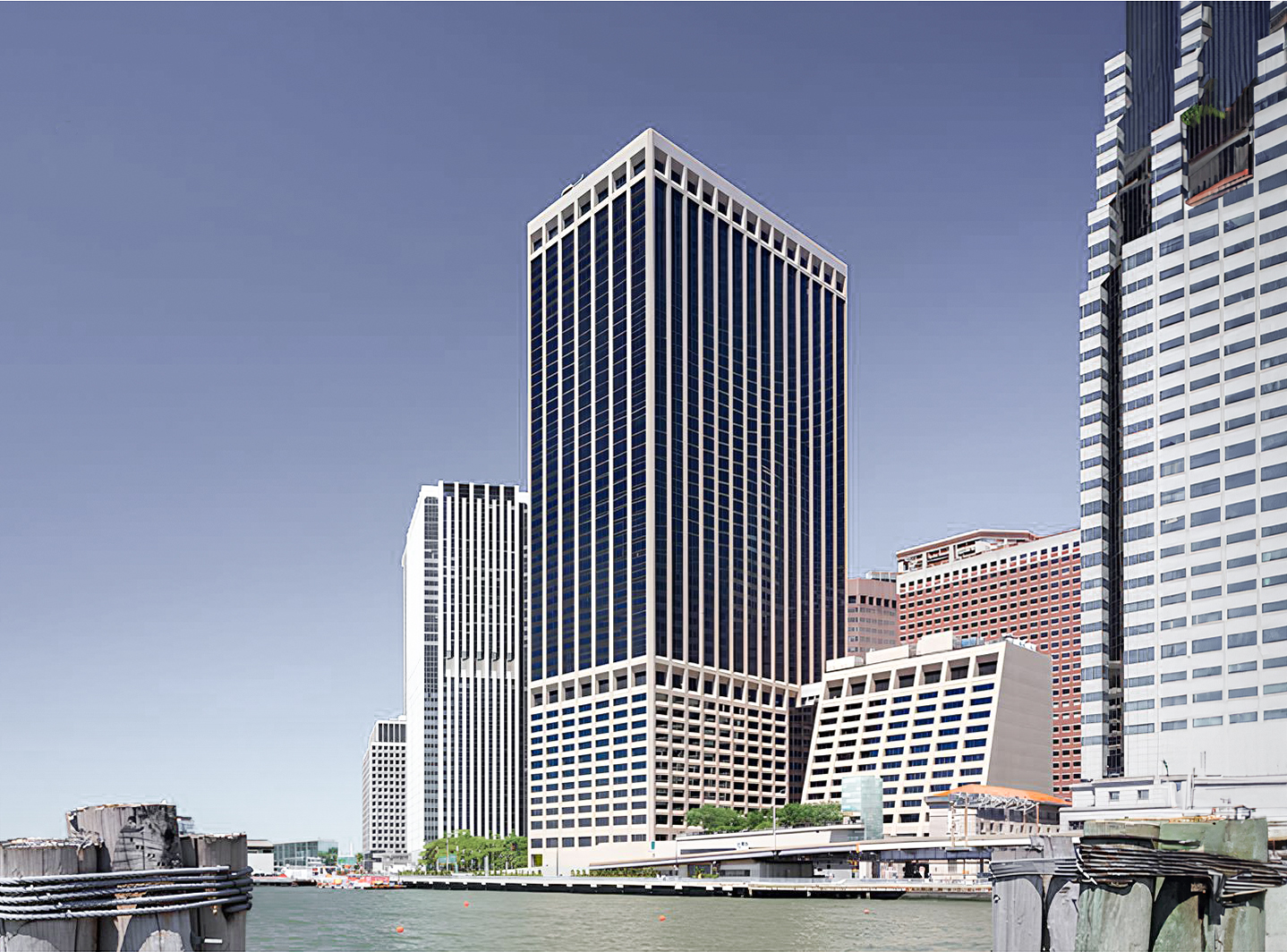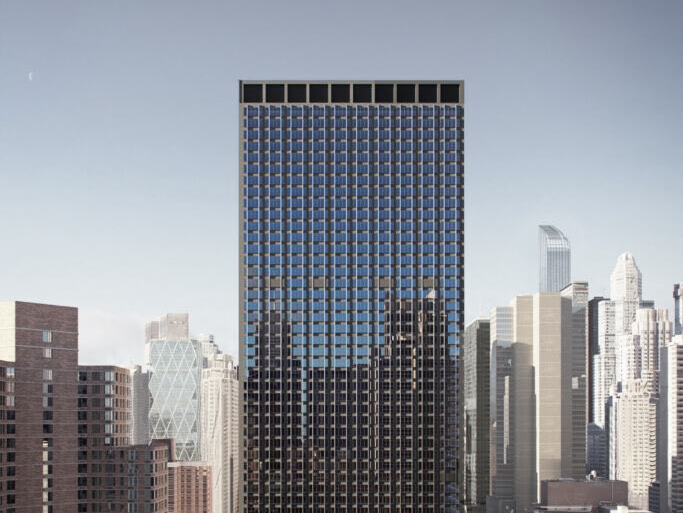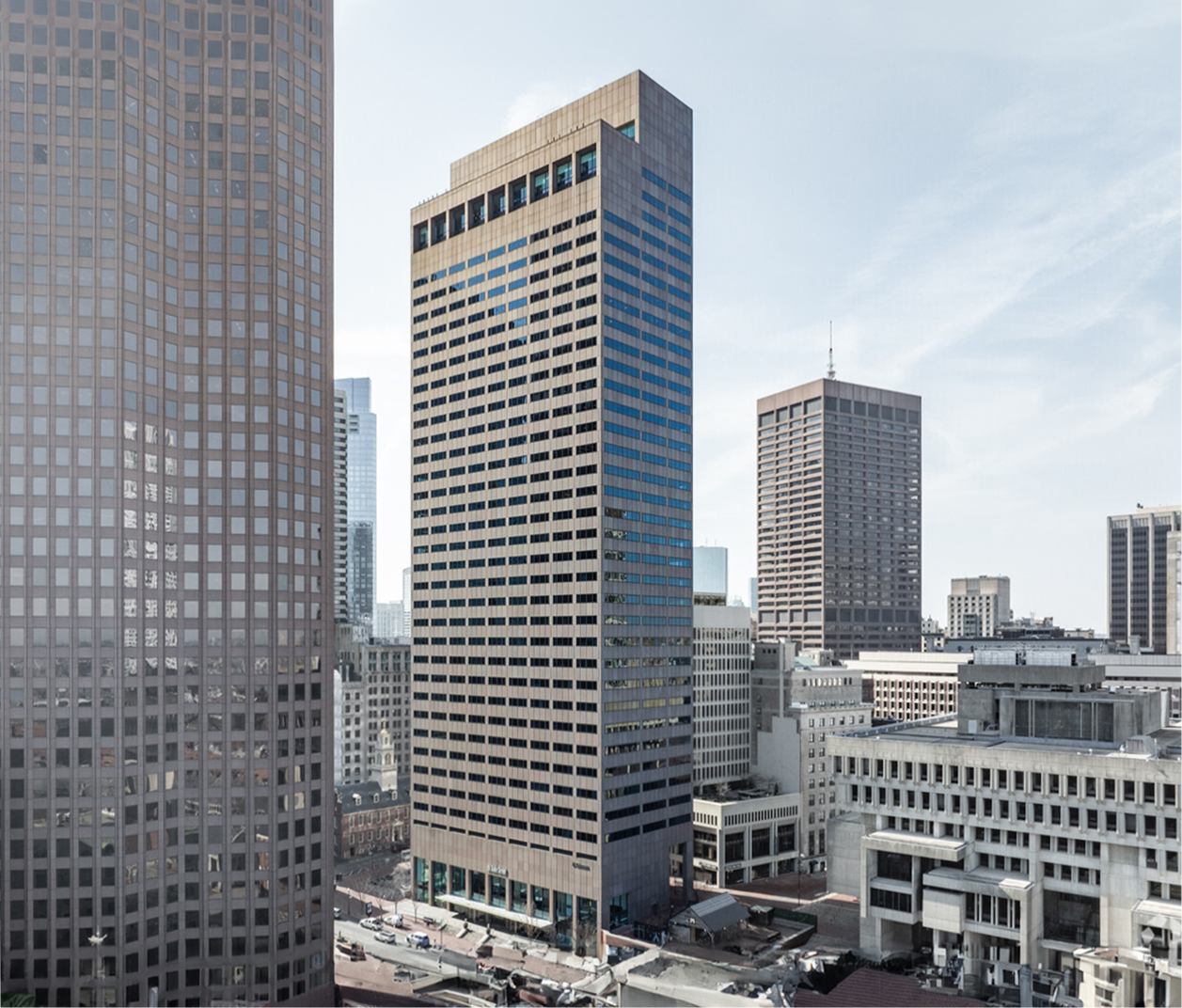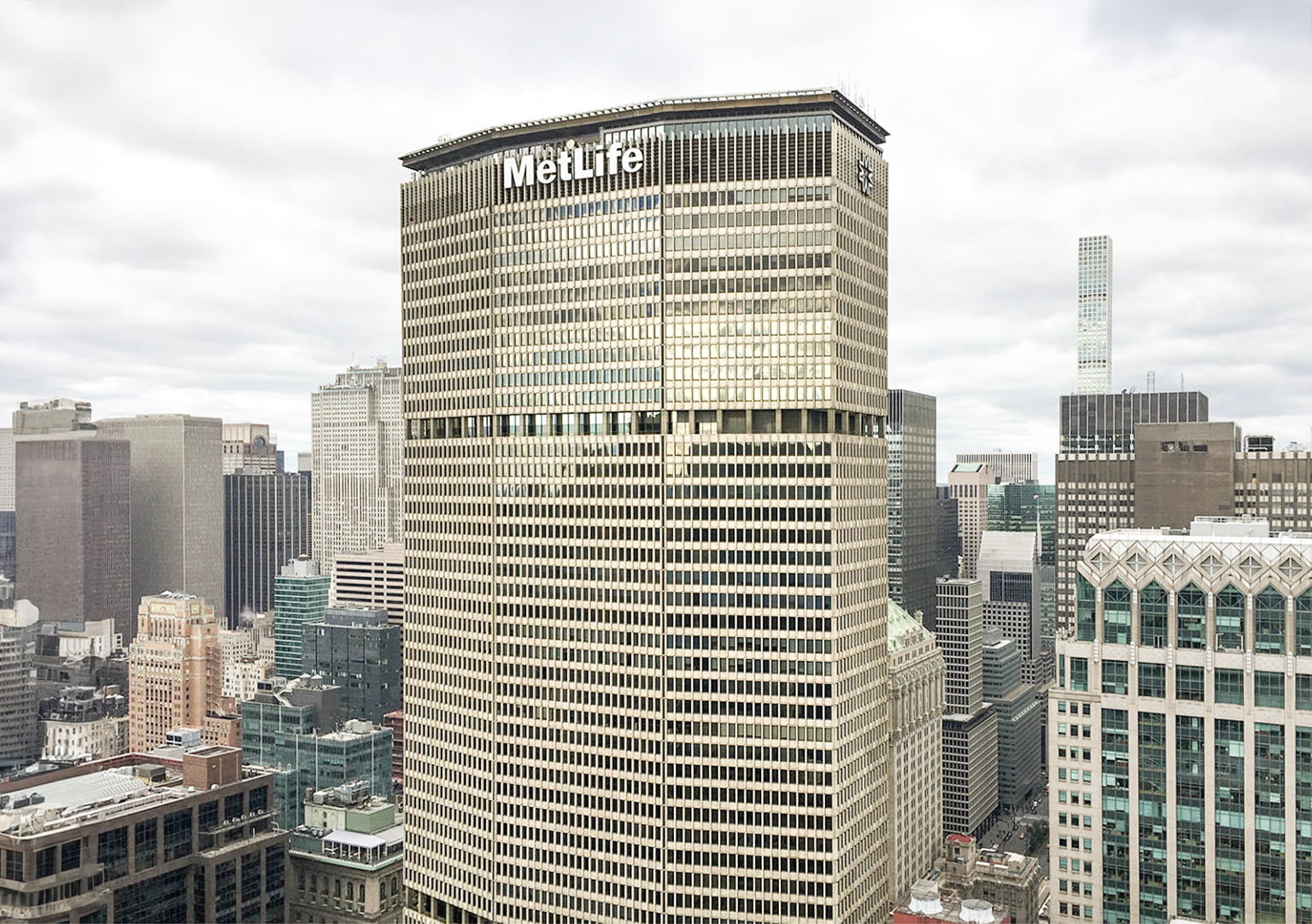The 277 Park Avenue Building is an International Style skyscraper designed by Emery Roth & Sons, and built between 1962 and 1964 in New York, NY.
277 Park Avenue Building is not the only name you might know this building by though. It is common for companies to want to attach their names to iconic buildings when they move in, or for the general public to come up with nicknames, and this one is no exception. The 277 Park Avenue Building is also known, or has been known as, Chemical Bank New York Trust Building, Donaldson, Lufkin & Jenrette Building, or DLJ Building.
Its precise street address is 277 Park Avenue, New York, NY. You can also find it on the map here.
The building underwent a major restoration in 2022. The architect commissioned to undertake this restoration was Bohlin Cywinski Jackson.
